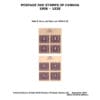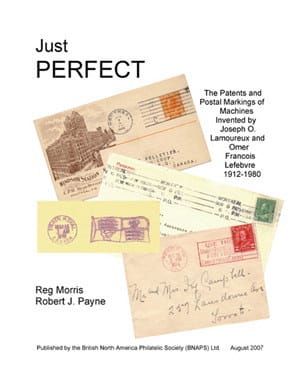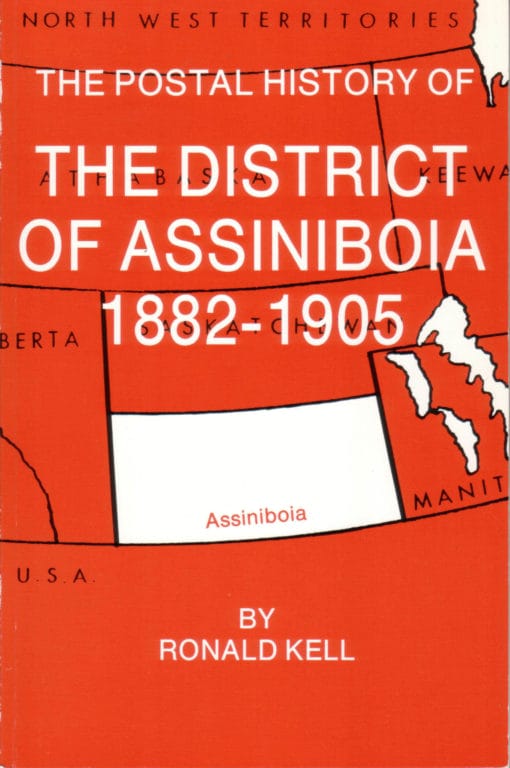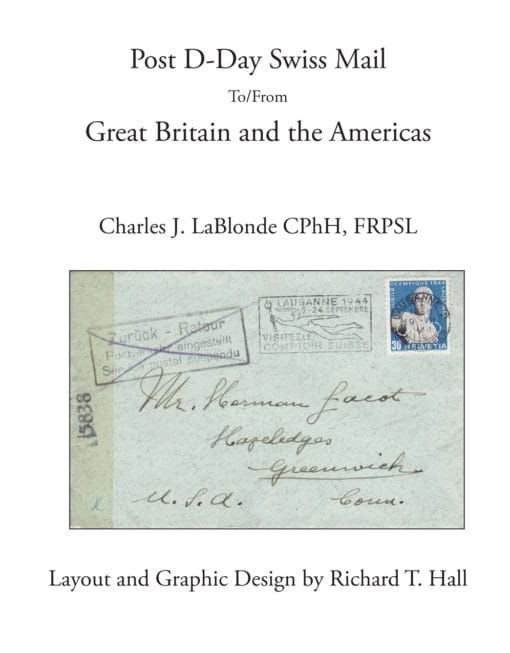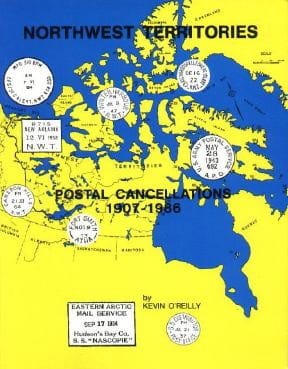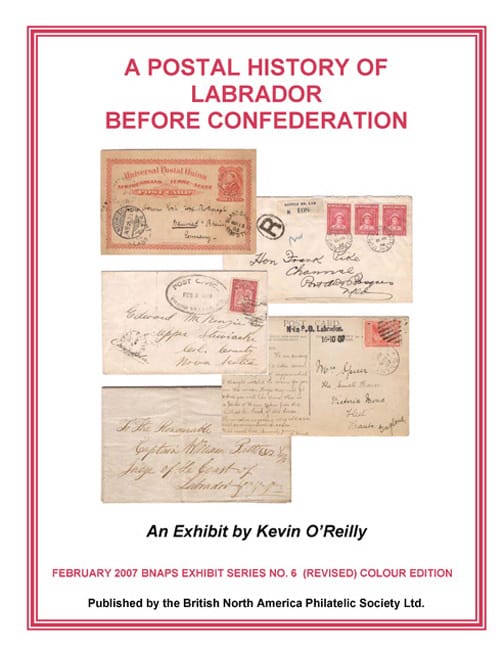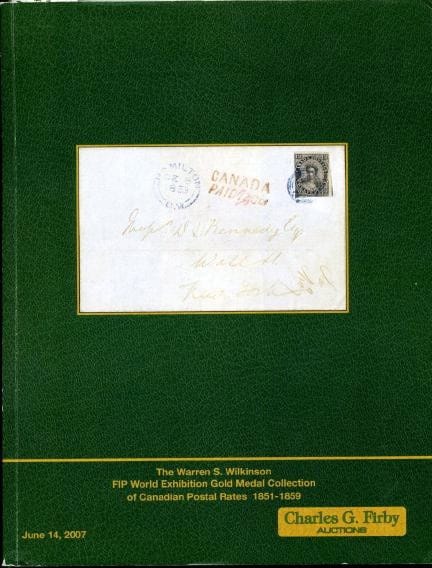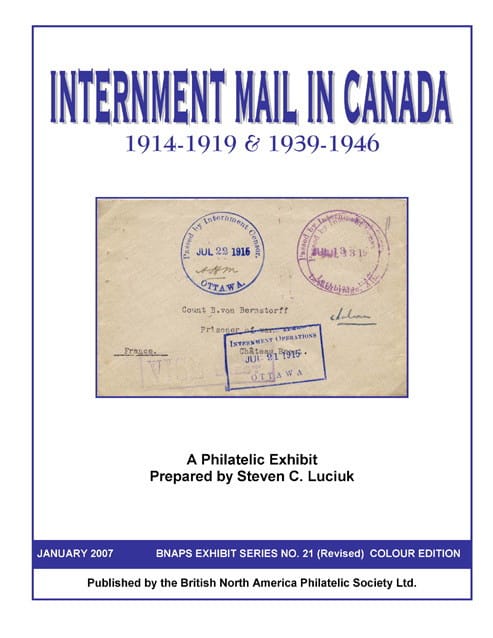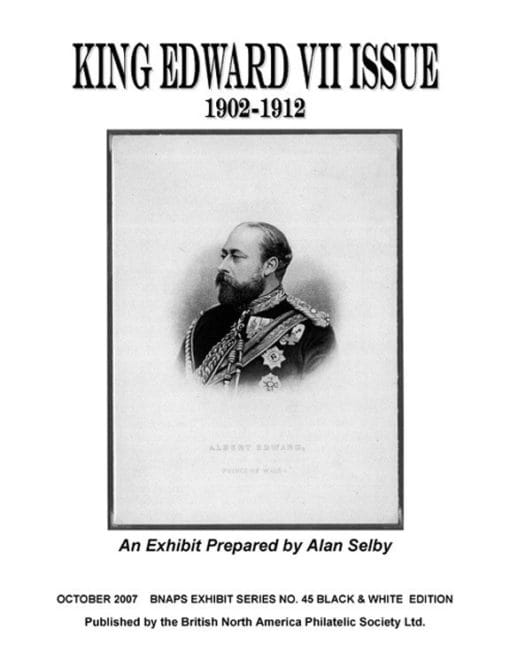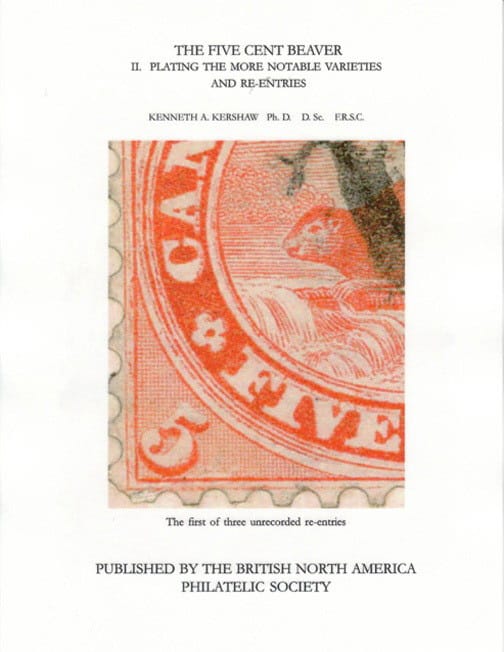Morris, Reg and Robert L. Payne (2007). Just Perfect: The Patents and Postal Markings of Machines Invented by Joseph O. Lamoureux and Omer Francois Lefebvre 1912-1980.
$27.00
Morris, Reg and Robert L. Payne (2007). Just Perfect: The Patents and Postal Markings of Machines Invented by Joseph O. Lamoureux and Omer Francois Lefebvre 1912-1980.
In stock (can be backordered)
The latest BNAPS handbook, Just Perfect, is different from any other handbook BNAPS has published before in that it is largely a narrative telling the story of two inventors who developed postal cancelling machines in early twentieth century Canada, how they fared, and how their efforts came to take a now recognized place in the postal history of Canada. In the 1980s collectors of Canadian machine cancellations noticed a number of postmarks that looked like roller cancellations, but something didn’t fit. By 1998 research had identified the cancellations as having been made by a machine created by Montreal inventor Joseph Omer Lamoureux, who for close to 20 years tried to develop a rapid cancelling machine that he could sell to the Canada Post Office. On the edge of success, failure. A production order of 25 Lamoureux machines failed to meet the Post Office’s expectations and was rejected. Enter a new player, Omer Levebvre, also a Montreal based inventor. In 1927 a machine of Levebvre’s design was rushed into production to fill the still open order for the 25 Lamoureux machines. The Levebvre offering was accepted by the Post Office and, as the ‘Perfect’ machine, continued in use in diminishing numbers in Canadian Post Offices until at least 1980. Just Perfect tells the story of Lamoureux and Lefebvre, with many diagrams of the machines and mechanisms required to move letters and cards through the cancelling process. The nine distinct types of Lamoureux cancellations – one discovered only in May 2007 – are illustrated and described, as well as being listed with known quantities in a summary table. During their many years of service Perfect machines took part in some interesting events that are covered in Just Perfect including the Royal Visit of 1939 and the Advance Posting Service years, when at Christmastime letters mailed ahead of time were cancelled in red ink and delivered one or two days before the holiday. The reduction of numbers of Perfect machines in service is followed through the years, again with more information about the people and activities involved. The last chapter is a massive compilation of data in table form. Two tables cover the installation of removal machines across the country over time, and two more tables give Earliest Known Use (EKU) and Latest Known Use (LKU) dates of known Perfect cancellations. Both sets of tables are sorted first by machine number and then alphabetically by city/town of use. Recognizing that slogan cancellations have been well covered in other philatelic books, individual slogan use is not tabulated. With such diverse information as personalities, design, development, use and to some extent, serendipity, Just Perfect is not just a handbook, it is a ‘good read’. Reg Morris and the late Bob Payne joined forces and began writing on machine cancels in the mid-1970s. By 1988 they had co-authored The Barry Story, three volumes on the life, times, machines & postal markings of William Barry. In addition to books and articles written alone or in conjunction with other writers, Bob and Reg co-authored over twenty books on most of the inventors and manufacturers of cancelling machines in America. In 2003 Bob wrote a three part monograph, The Imperial Mail Marking Machines of the United States, Canada and the United Kingdom. Bob played an active role in the writing of Just Perfect, but did not live to see it in print. It is dedicated to his memory.
| Weight | 0.91 kg |
|---|---|
| Dimensions | 11 × 8.5 × 4.25 cm |
Related products
British North America
O’Reilly, Kevin (2007). A Postal History Of Labrador Before Confederation.
Canada (Edward VII)

